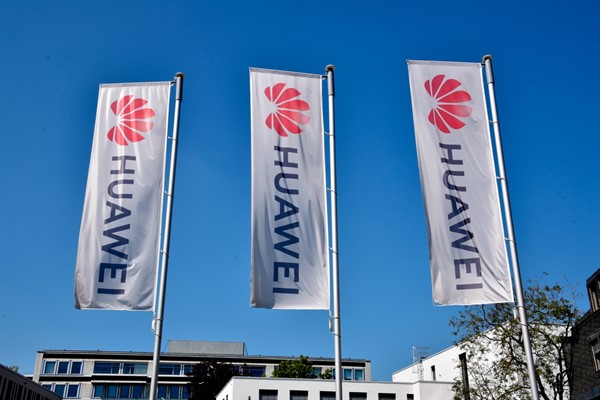During the Cold War, the United States created and led two quite different international trading systems. The first, and by far the better known, was the open, multilateral trading system. Its aim was to expand free trade and market principles around the world, and it culminated after the Cold War in the creation of the World Trade Organization in 1995. What began with just 23 nations in the aftermath of World War II, with the General Agreement on Tariffs and Trade, today includes 164 countries from every corner of the globe. Most significantly, the United States welcomed China into the WTO in 2001, bringing into the fold its former Cold War-era adversary.
The second system was far less known and has been far less written about in the history books. It was a web of export controls and sanctions intended to deny advanced technologies to the Soviet Union and its allies. Organized under the opaque Coordinating Committee on Multilateral Export Controls, or CoCom, the United States and its allies mustered a collaborative and ultimately successful effort to weaken the technological capabilities of the Soviet Union. Now, it appears, the United States is trying to do the same to China.
In the past week, the Trump administration has stiffened sanctions against China’s telecommunications giant Huawei, intending to cut off the supply of semiconductors that is critical to Huawei’s smartphones and to its 5G telecoms networks, the largest in the world. The move follows a concerted campaign by the U.S. to pressure allies such as Germany, the United Kingdom, Canada, Japan and Australia to end all business with Huawei. The administration is also aggressively stepping up efforts to force American companies out of China and lure them back to the United States. All of this comes on top of the two-year trade war that has seen the average U.S. tariff on Chinese imports rise from just 3 percent to nearly 20 percent.

